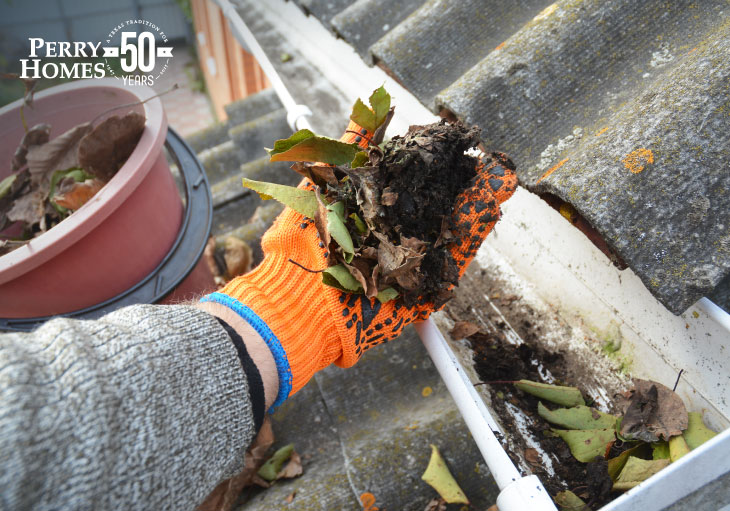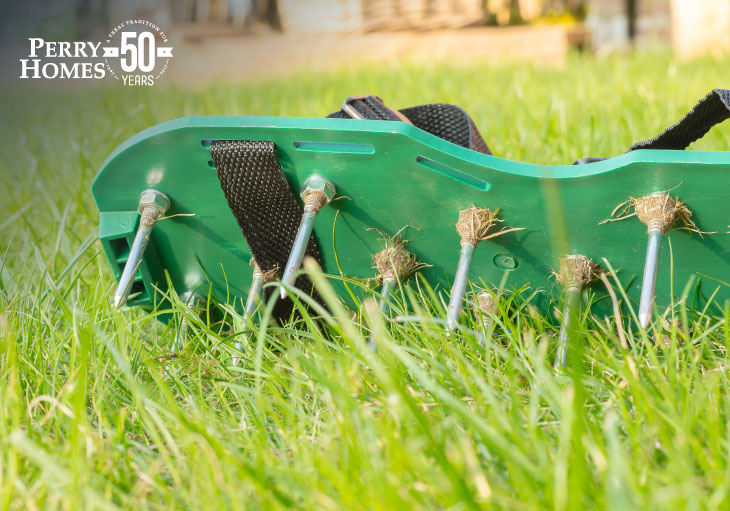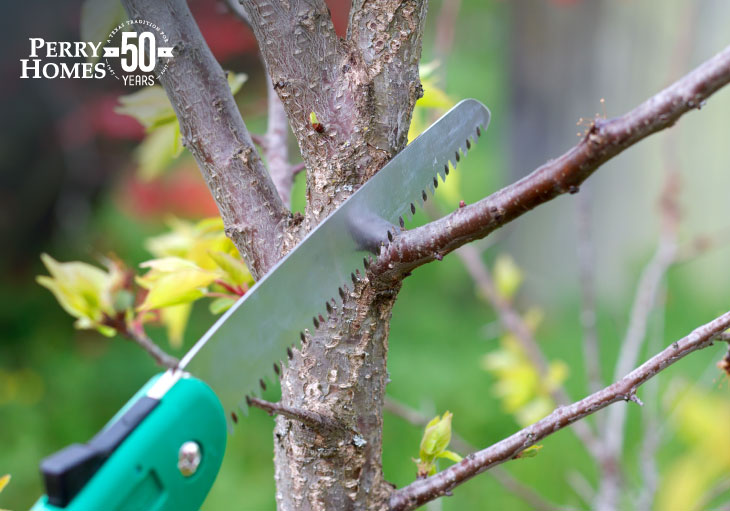
A Foolproof Cold Weather Home Maintenance Checklist
Prepare your home for fall and winter with these 7 easy suggestions
Believe it or not, the official first day of fall is fast approaching which means cooler weather, leaves and everything pumpkin spice. Seriously though, the onset of cooling temperatures is a sign for any homeowner to start prepping their house and lawns for the changing seasons—and it will require more than raking those leaves.
This time of year it becomes crucial to maintain your property. Short-term, you are keeping your home as nice as the day you bought it while also reducing your workload over time. After all, who likes doing even more work come spring? Long-term, you are keeping your home and surrounding land in excellent shape, which can maintain or add to your home’s value. Either way, it keeps more money in your pocket by reducing the need for costly repairs and, hopefully, a nice return on your investment in the case you sell your home.
To help serve as a primer of sorts, here are a few places to focus your energies; however, keep in mind your particular home may require more or less attention based on size, location and features.

Clean and straighten gutters
It is the classic chore that everyone hates. Unfortunately, if not done regularly, it can lead to a host of other problems. Make sure you clean any debris from gutters and drains so water can’t become trapped, causing clogs or, if the temperature is low enough, freeze and weigh down the gutters themselves.
While using your hands is always an acceptable method, take your efficiency a step further by using a plastic spatula to scrape out the detritus.In some cases, you may notice the gutters are bent in certain areas. No worries. This is a common problem, usually caused by hanging icicles or accumulated crud. Instead of removing the entire gutter, take a piece of angled iron and a link from a heavy metal chain (think a sturdy bike chain) and use them as leverage to push them back into place.
Just an important side note, though: remember that gutters are designed to let water flow toward the water spouts, so any slight angling is natural. Beware of making any excessive adjustments that may turn your gutters into a basin.
As with any home task, safety is paramount. So make sure you are using a proper ladder—ideally with a spotter—in addition to a pair of sturdy work gloves and a bucket for all the mess.
Keep grass short
Despite the dropping temperatures, it is important to maintain your lawn care maintenance. This includes watering and mowing at your usual height. For the last few cuttings of the year, lower the mower blade about ? of an inch. Keeping your grass short helps let more light reach the crown of each blade (the bottom part the meets the soil).

Aerate your soil
If you’re already outside, you might consider aerating your soil. Fall is the perfect time to do so because your grass needs a little fortification this time of year. Aeration lets more light and nutrients, including fertilizer, reach the rhizomes (the root portion below the soil). The methods at your disposal can vary to meet your budget. Everything from gas-powered models to traditional avenues like spiked shoes and tiller forks are viable directions.
While you are at it, you might as well fertilize as you go. Giving your lawn that extra burst of goodness will yield healthier grass come spring.
Remove hoses from faucets & sprinklers
Every homeowner should do this when they are done using them, but sometimes doing so gets overlooked. If that is the case, remove the hoses and drain any water from the hose itself prior to storing them. Removing hoses also allows you drain any lingering water from the pipes. In the case of freezing temperatures, any trapped water could freeze and harm the plumbing.
A similar process goes for sprinkler systems. First, shut off the main valve and controller, followed by opening drain valves. You can then harvest any above-ground sprinkler heads, remove any existing water and replace them.
Keep in mind that this procedure should be done after the final watering of the season.
Check the furnace
No matter the age of your home, it is always worth ensuring your furnace is strong going into cooler weather. The nice part of this task is that, unless you are a working HVAC professional, all you have to do is call and schedule an appointment with your trusted pro. Most visits should not cost more than $150.
Something you can do on your own, however, is changing or cleaning the filters. Many professionals recommend filters be cleaned every two months, so, if you have not, use this opportunity to do so.

Prune the plants
This time of year, most plants reach their apex growth. The problem is that they may have ventured a little too close to your home. Using pruning shears or a larger pruner, carefully remove limbs until there is about three feet between branch and home. Removing excessive branches and limbs reduces the risk of home damage caused by storms or moisture.
Clean & prep your mower
The cleaning is the simple part. Before you put the mower away for the season, you will want to remove any built up grass and material from the deck. In general, make it look as close to the day you first brought it home as you can.
Next, for those not of the mechanical persuasion, the idea of fuel deterioration may not be familiar. In short, fuel will degrade over time, causing potential gummy blockages that can negatively impact your mower if you are not careful. Thankfully, there are a couple of ways to resolve or avoid this problem.
- Add fuel stabilizer. The perfect antidote to fuel decay. Just buy a bottle from a local auto store and add some to the remaining fuel, being sure to abide any manufacturer’s directions. Then run the mower for a few minutes and allow the stabilizer to reach critical parts like the carburetor.
- Drain the fuel tank. Sounds exactly like it sounds. Simply run your mower until empty. When it is cool enough, remove the spark plug and add a capful of engine oil. Next, tug the starter cord two to three times. Doing so distributes the oil to the pistons, which can make it easier to start again after months of inactivity.
Share this post with neighbors and friends who need a not-so-subtle hint.
